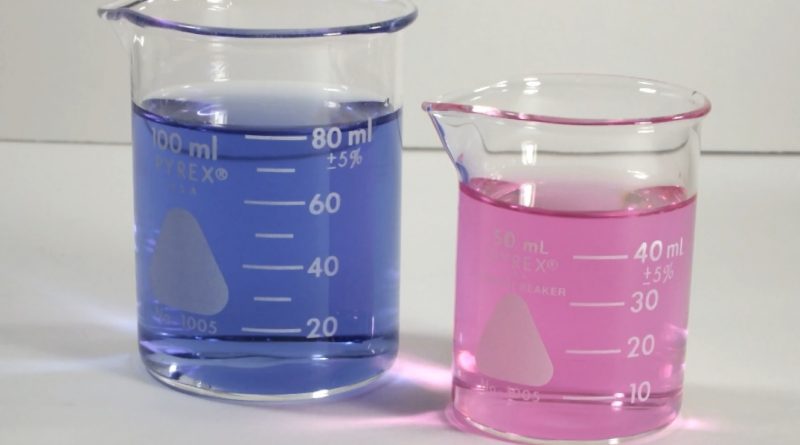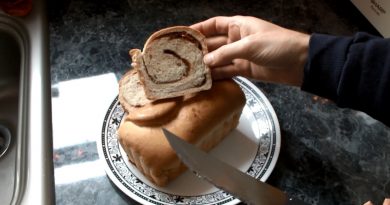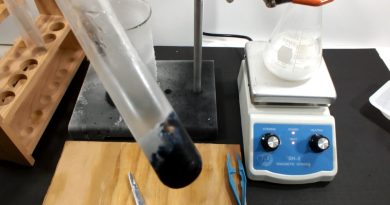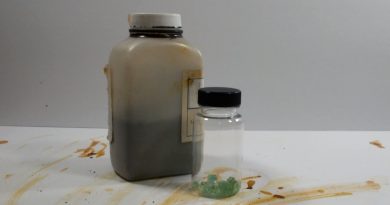01.01: Clock Reactions
Cleaning Out Chemical Storage
Well, I did it. I filmed my first video last week, the evening of November 4. There were some “family-stuff” things to do the next couple of days, but on the 8th, I installed the video editing software (that I bought in 2016…) and got acquainted with the basics. On the 9th, I sat down and edited the video clips together. I made errors that I could have learned how to fix, but I didn’t want to aim for perfection. Yesterday I wrote the script to go along with the raw edit and that was the hardest part for me. But it was ready by my November 11 deadline.
Why November 11?
Well, I’m not usually superstitious, but there’s one coincidence that’s happened too much in my life. It’s the old 11:11 on the clock thing. It’s thought that seeing 11:11 means you’re on the right track. My original goal was to release videos on Thursdays, but the family delay prevented that. I then decided on November 11, and that was NOT to be missed.
And it wasn’t!
Now I have to play around with the blog format for a new video release. This isn’t going to be the final version, but it’s a start. And remember: the start matters!
Here’s my first video EVER:
So in this video, the theme was clock reactions. In the blog, I’ll tell you a bit about my history with this reaction. (I’ll get into my chemistry history in a later blog post. For now, though, I used to do chemistry demonstration shows. I wanted to try a few new demonstrations, and a lot of the solutions I’m testing in this first series are from those experiments. These experiments were in 2012…
I had borrowed a book from the library called Entertaining and Educational Demonstrations by Philip S. Chen. It was published in 1974, so it had a bunch of cool demonstrations with mercury and phosphorus; the kind of stuff you “can’t” do anymore. It’s long out of print, but if you want to try and get a copy, I would be very much appreciative if you’d use my affiliate link. Anyway, I first saw the formaldehyde clock reaction in this book. It seemed easy enough, and I was going to be placing a chemical order. I added the chemicals for this demonstration, and thought it would be a nice, quick demonstration for the show.
When the chemicals arrived, I mixed up the solutions, gave it a go, and … I don’t remember what happened. I used to be terrible about keeping lab notes. My lab notebook of the period goes from early October 2012 to February 2013. This experiment, and others in this group, were done in late October 2012! I thought maybe I committed the cardinal sin of jotting my notes on the experimental procedure; nope. All it says is that I used 50 mL of each solution in a test tube. I did not record one single observation about this experiment! (At least nowhere I can find.)
Let that be a lesson to all the budding chemists out there: a lab notebook can be very useful years later even if you’re just tinkering around in your basement. Write good notes no matter what!
Back to the demonstration at hand: What is supposed to happen in the variation attempted in this video is that two test tubes (or beakers) are prepared with an equal volume of Solution A (formaldehyde) and another two test tubes (or beakers) prepared with an equal volume of Solution B (sodium sulfite-sodium bisulfite). To one set of each solutions, add phenol red; to the other set of solutions, add thymol blue. To start, all four solutions should be roughly the same shade of yellow. To do the demonstration, simultaneously combine the phenol red solutions A and B and the thymol blue solutions A and B together.Then wait, et voilà: the phenol red solution flashes from yellow to red, and the thymol blue solution flashes from yellow to blue (hopefully at the same moment).
As we could see in the video, overshooting the amount of indicator used is a problem. I didn’t put this in the video, but I did try the experiment over again with the “old” formaldehyde solution and it did work. Overshooting the indicator was the only problem with the formaldehyde solution. The sodium sulfite-bisulfite solution was still no good, though.
The classic “iodine clock reaction” was the second reaction, and combining equal volumes of two solutions is all that has to be done here, too. The starch solution was not surprisingly no good, so I had mixed up a new batch even before I started filming. Once the unstable chemical was made fresh, the demonstration worked as advertised.
Both of these reactions are used to demonstrate reaction rate kinetics, because the amount of time it takes for the color change to happen varies predictably with changes in the solution concentrations and temperature. Since all I’m doing right now is trying to get garbage chemicals off my shelf, I’m not exploring the chemistry very much in the videos. Eventually, I plan to cover each of these reactions in more detail as well as explore their variants.
For now, I’ve managed to remove two good-sized bottles from my inventory, and in testing these demonstrations, I’ve used up quite a bit of the other two. Ideally, I’d like to get rid of the rest of those, but I don’t want to just waste them. I’ll have to come up with something creative!
The important thing is that I’ve now got my first video on YouTube! It’s really exciting, and it wasn’t nearly as bad as I thought it was going to be. Not as difficult to film, not as difficult to edit, but way more difficult than I expected to write a script and get the timing right. I learned a lot, and next time I will do better. After all, that’s the whole point! Start somewhere, practice, and get better!
See you next time!
–Jason




